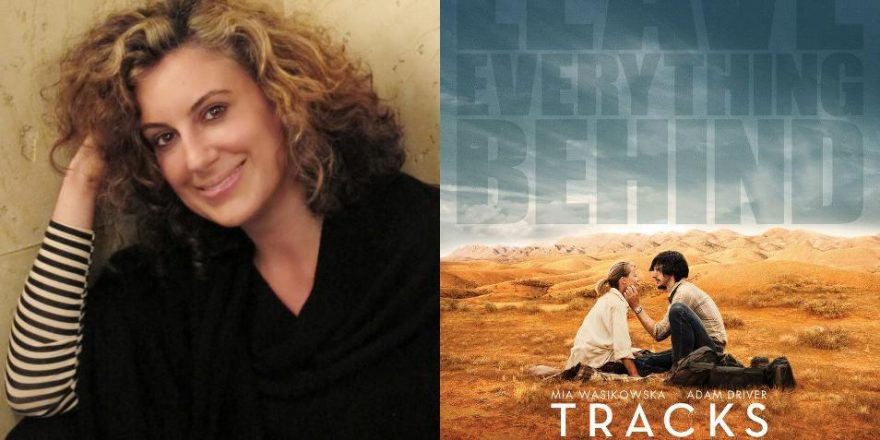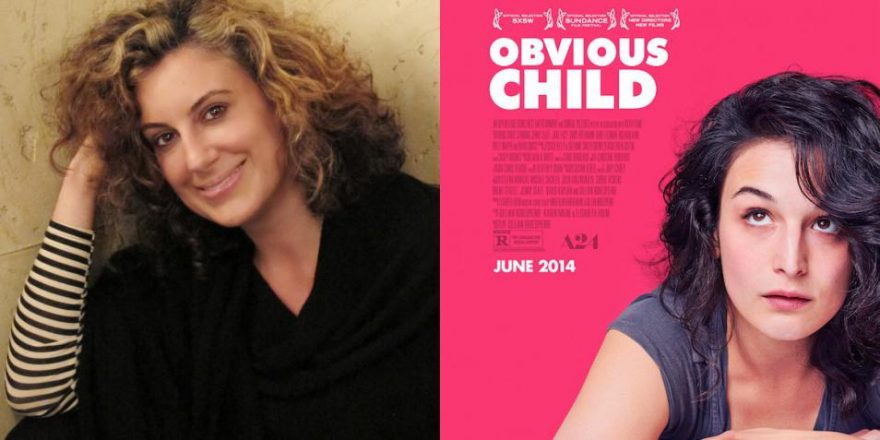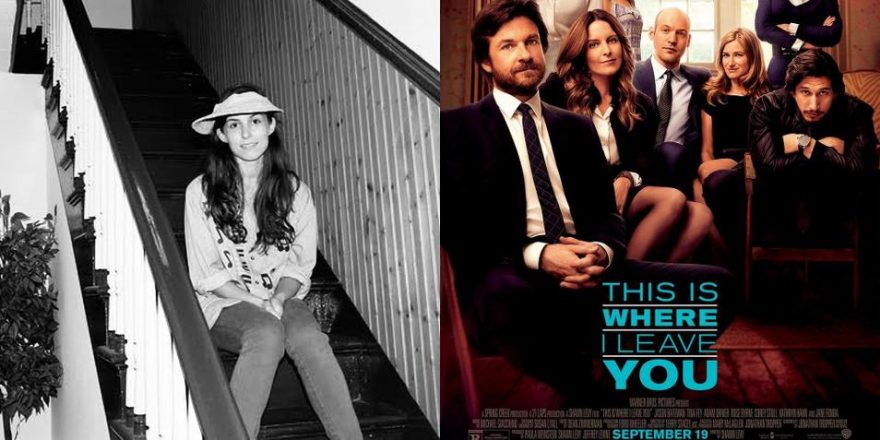“I’d like to think an ordinary person is capable of anything,” says real-life figure Robyn Davidson, the antisocial girl who in 1977 set off on a nine-month journey across Australia with her dog Diggity and a caravan of camels.
In Tracks, Robyn Davidson is a mystery unfolded by the wonderful young actress Mia Wasikowska. She plays Robyn as a woman who, to quote Greta Garbo, wants to be alone. When Garbo said it in 1932, it was a melancholy, spoiled utterance in the posh Grand Hotel. The contemporary woman isn’t as interested in wanting to “be alone” as much as she wants to “have it all.” There is something simpler at work here but just as daunting; here is a woman who doesn’t want a career or boys or marriage or a baby or friends or success… she simply wants to walk from Alice Springs to the Indian Ocean by herself. Yikes.
“Do you want to die out there or something?” someone asks her at the beginning of her journey, and from the look on her face, we can tell she’s not sure how to answer that. This is what Tracks is about – a person figuring out if she wants to live or die.
After Robyn gathers her camels and they hit the road, there are, as she says, “no more conundrums. I am on my own at last.” That’s where I really clicked into this film. It’s a different kind of empowerment story than the ones I’m used to writing. Here, screenwriter Marion Nelson and director John Curran take the traditionally male role of a quiet cowboy driven by a weird personal goal and give it to a woman. The end result is a nifty fusion of Being There, Holy Smoke! and Rabbit-Proof Fence.
Perhaps because of Robyn’s take-no-shit attitude, never once is she sexually threatened, which seems unlikely in reality… but then again, it was a relief to see a “woman traveling alone” movie without a “woman getting raped” scene. And yes, Tracks is a female fantasy of sorts; what straight woman doesn’t want Adam Driver chasing her hither and yon? Driver plays Rick, a chatty, effervescent photojournalist who is immediately fascinated with Robyn and her travel plans. Robyn, however, wants nothing to do with him. (Picture a gender reversal of Bringing Up Baby, where Katherine Hepburn spends the movie fending off a zany Cary Grant.) Finally, she realizes the only way to shut him up is to kiss him. But it’s not that kind of movie. A kiss in the outback doesn’t mean love, or even lust… or even like. It’s something closer to a scorpion’s mating act – dry and potentially disastrous.
Undaunted, Driver’s Rick helps Robyn fund her trip by successfully pitching her story to National Geographic. He then “tracks” her through the desert as her designated photographer, even setting out bottles of water in advance for her in case she gets thirsty. Adam Driver as Rick may be the quintessential millennial dream male: a man who lets you do your own thing but feeds you, organizes your finances, takes pictures of you looking beautiful at magic hour, and is available for kissing.
After Rick has scurried off in his jeep, Robyn stops to muse: “The universe gave us three things to make life bearable: hope, jokes, and dogs. But the greatest of these three was dogs.”
I liked Mia Wasikowska quite a lot in Jane Eyre, but I fell in love with her in this movie. Maybe because she resembles Gwyneth Paltrow in her first potent role, in Flesh and Bone. Maybe because she doesn’t pander to us with forced charm or a need to be liked. In fact, she barely smiles in the film. She loves one thing and one thing only: her dog Diggity. Even when the charming Rick is chasing her across the landscape doing everything he possibly can to woo her, we know – and so does he – that he can’t compete with Woman’s Best Friend.
At times I felt there was something too elusive about Robyn’s quest to be alone, her damage a little too internalized. There are no villains chasing her, just haunting childhood memories of her mother (unfurled in Saving Mr. Banks-y flashbacks) and the pesky tourists and reporters who go full paparazzi on her (scenes that seem to come a bit from nowhere). But the script’s refusal to explain her psychology in great detail also allows Wasikowska to create a character whose soul is clearly on autopilot. She goes into the outback with the understanding that death is a very real possibility and perhaps it’s only by facing it head on that she’ll be able to live again.






